Optimised solutions for EV-charging inverter modules
Our skilled engineers have decades of experience designing inductors. Their extensive knowledge from the AC drive industry allows them to think outside the box and find solutions that can give you increased flexibility when you are designing your EV-charging inverter module.

How efficient is your EV-charger?
A lot of electricity can be wasted because of a poor power factor. And just because you can’t get a perfect power factor of 1 doesn’t mean that you shouldn’t try to get as close as possible to it. We can help you get there while keeping the temperature cool, the size small, and the price low.
Harmonic distortion
Electric vehicles are meant to be a less polluting alternative to conventional gas guzzlers. But they end up causing their own kind of problems – harmonic pollution on the grid.
Ultra-low harmonic inverters, using active front-end with an LCL filter, lower the pollution to a minimum. Finding the right balance of temperature, size, and price on the LCL filter chokes can be difficult. We are ready to use our extensive knowledge and industry know-how, as well as our experienced engineers, to design the cost-efficient LCL filter chokes for your EV-charging modules.
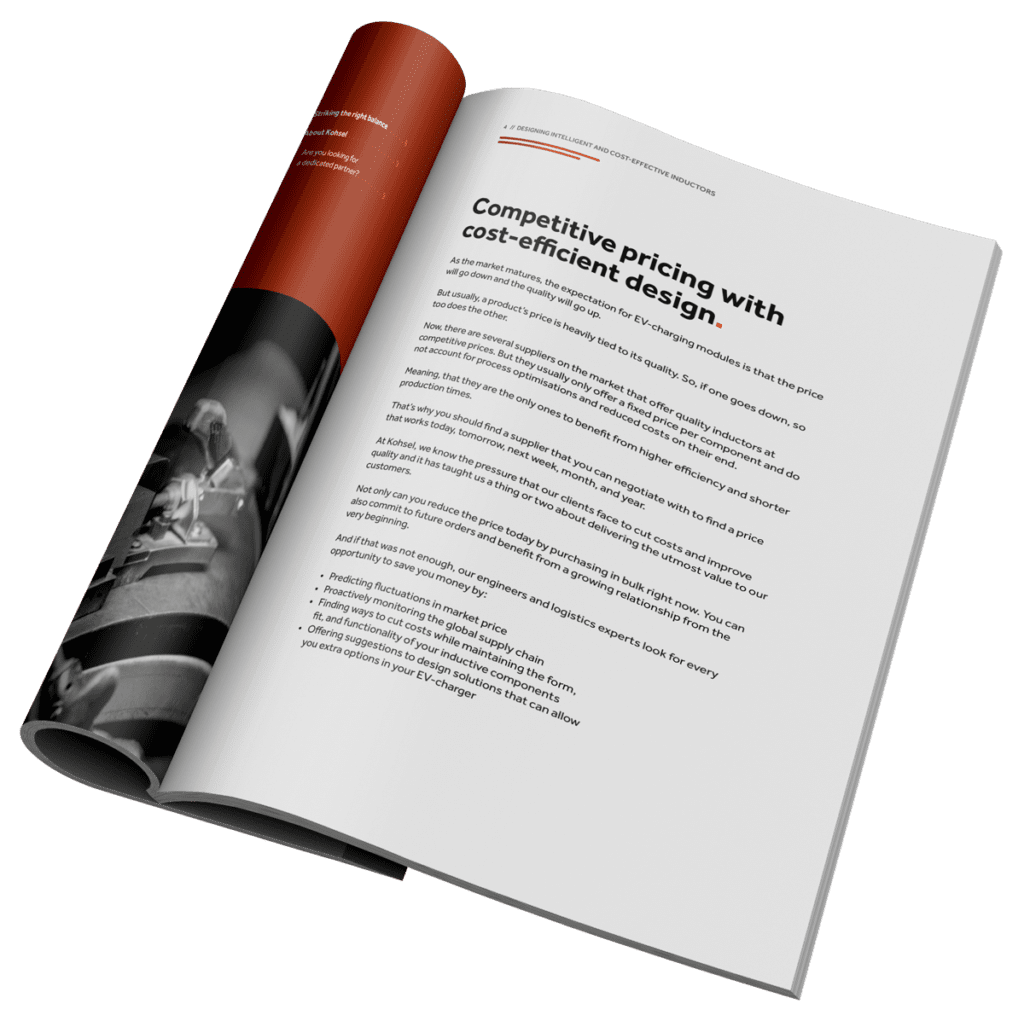
Unleash the true potential of your EV-charging modules
Up to 20% of electricity can be lost during power conversion. 20% lost electricity means 20% longer charging times. That’s why you should make sure to get the best inductive components for your EV-charger module – while keeping the costs at a minimum.
Do you want to effectively convert AC to DC or DC to DC? Then you need a dedicated partner. Read about how we can help you with your EV-charging modules.
Some of our products

DC link choke
A DC link choke is used to mitigate the impact of harmonics from the converter and increase the lifespan of the line side inverter bridge.
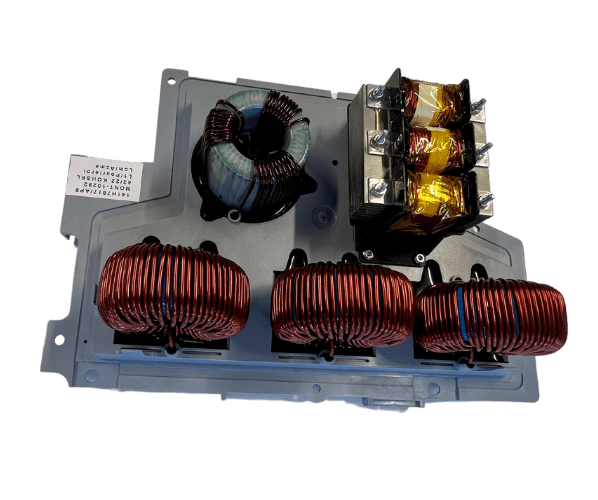
LCL filter
The switching action of the battery charger generates total harmonic distortion (THDi) in power output. The LCL filter is used to reduce the harmonic distortion.

PFC choke
The power factor correction (PFC) choke increases the efficiency of the circuit, by bringing the voltage and current waveforms into in phase. With PFC chokes, the energy efficiency is increased, and the circuit components can be reduced in size and cost.
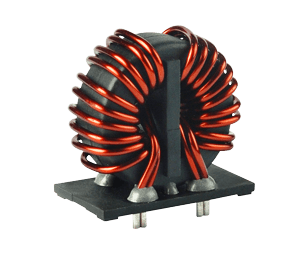
Common mode choke
The common mode choke blocks high frequency noise while allowing the low-frequency signal to pass. Common mode chokes with nanocrystalline cores have a high attenuation over a wide frequency range, offering an extreme broadband attenuation.
External reactors, chokes and filters
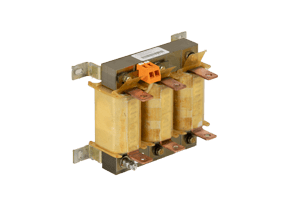
Line reactors
Reduce low frequency interference (harmonics) and relieve the strain on the grid network by compensating for the distortion reactive power induced.
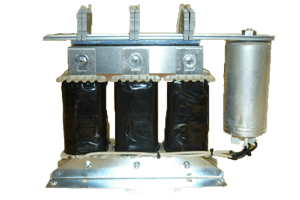
Harmonic filters
Reduce current harmonics (THDi) to comply with the limit values required under the standards. This protects the connected grid network from circuit feedback and increases the system immunity from interference. Our LCL filters are specially designed to reduce harmonics of current absorbed by the rectifiers in the input converter.
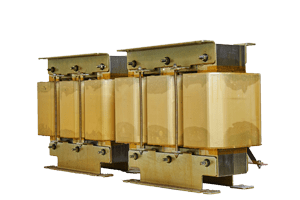
Motor chokes
Reduce the voltage rise and the voltage spikes between the conductors which become more pronounced as cable length increases.
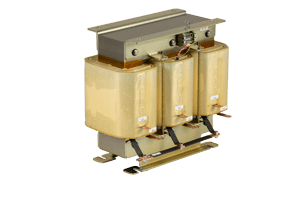
dV/dt filters
Protect motors against high voltage increases and voltage peaks at the motor terminal.
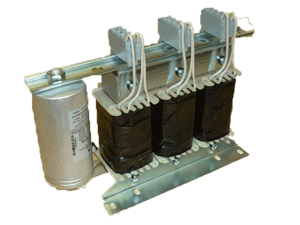
Sinus filters
Effectively protect the motor insulation and reduce supplementary losses and noise emissions from the motor. All-pole sine filters also enable the use of unshielded motor lines.
Replacing expensive epoxy with an efficient click solution.
One of our clients came to us with a specification for a PFC choke. The design consisted of glued powder core halves placed in a plastic box which was then filled with epoxy potting material. However, this was not the optimal solution, as epoxy is very time-consuming during production.
Instead, we designed a completely new plastic box constructed specifically for our new solution. The new box eliminated the expensive process of using epoxy by introducing an easy click solution. Designing a custom-made mechanical box is not an easy task, but we have done this before and realised great price reductions for the client.
— RESULTS
- The client saved 4% on an annual consumption of 240,000 components
- Lowered processing time in production by eliminating the gluing process
Our certificates
Kohsel is committed to providing customers with the highest-quality products, but also aspires to the highest standards of social responsibility and ethical conduct. Our core values support a strong commitment to economic, environmental and socially sustainable development.
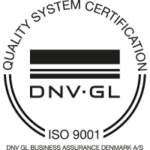



Kohsel has over 50 years of experience in producing power conversion, seeing E-Mobility as a cornerstone of 21st century vehicle development. Through our proven process, dedicated engineering and close collaboration, we detect untapped savings and optimization potential throughout your entire value chain.

